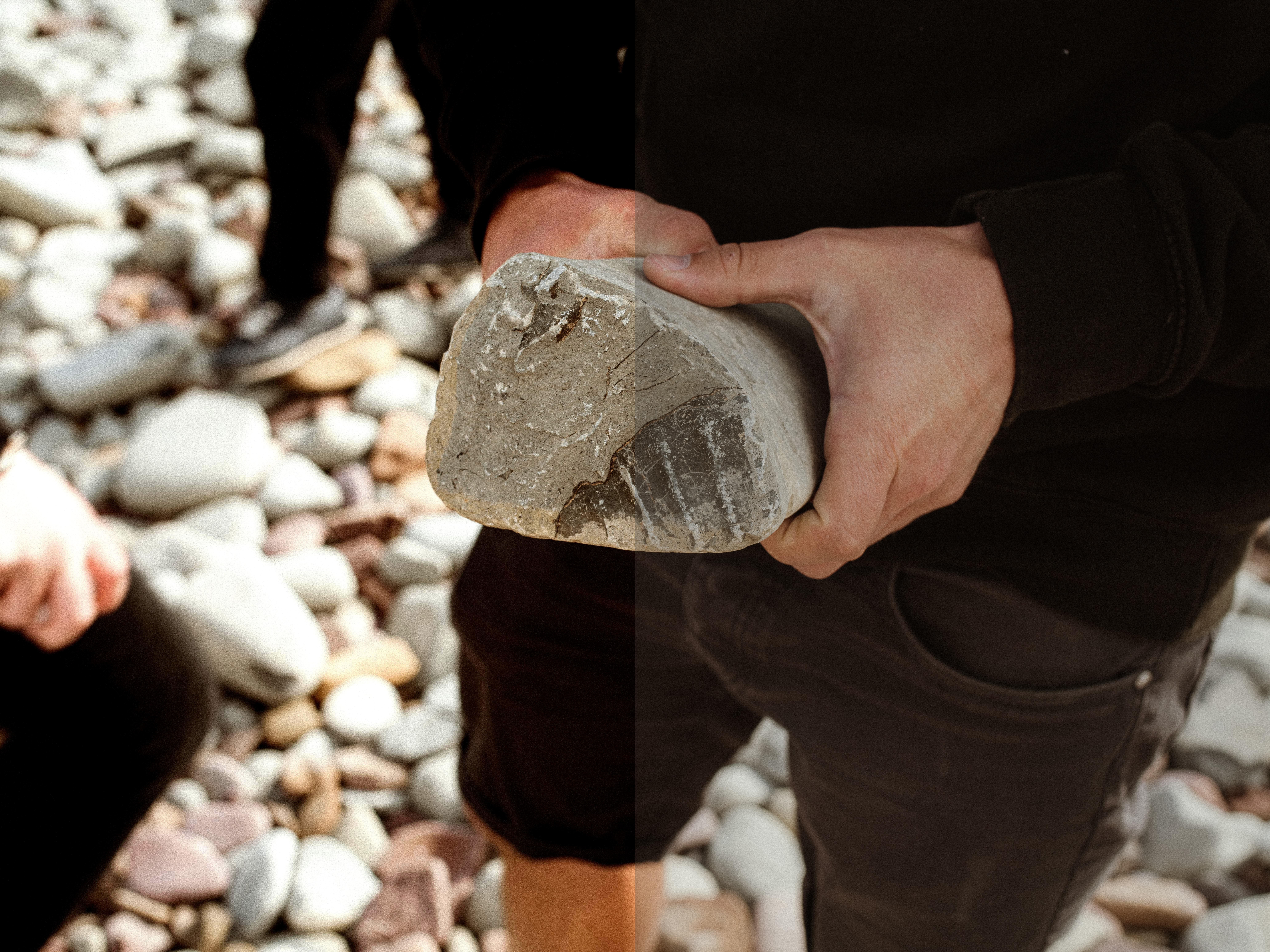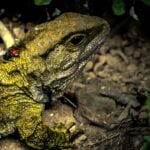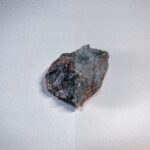Get ready to embark on an incredible journey into the mesmerizing world of fossils! In this article, we will delve deep into the intriguing realm of ancient life as we explore the wonders of fossils specifically designed for year 3 students. So, fasten your seatbelts and prepare to uncover the secrets of the past as we unravel the mysteries of fossils, igniting curiosity and sparking imagination in our young minds. Get ready to dig in and unearth the fascinating tales of ancient life as we embark on this thrilling adventure together!
Fossils for Year 3
Fossils! Have you ever wondered how we know about creatures that lived millions of years ago? Well, it’s all thanks to fossils. Fossils are like ancient time capsules that give us a glimpse into the past. They are the preserved remains or traces of dead organisms that have been buried and turned into rock over thousands of years. In Year 3, we’re going to dive into the exciting world of fossils and uncover the secrets of ancient life.
When we talk about fossils, we often think of dinosaurs. And yes, dinosaurs are real! Paleontologists, which are scientists who study fossils, have found and studied their remains to learn about life long ago. But fossils are not just about dinosaurs. They can be anything from bones to teeth, footprints to skin impressions, and even plants.
Fossils can be formed in different ways. There are three main types of fossils that we’ll explore: true form fossils, trace fossils, and mold fossils. True form fossils are made up of the actual plant or animal parts trapped in rock. Imagine finding a real dinosaur bone trapped in a rock – that would be a true form fossil! Trace fossils, on the other hand, are like clues left behind by ancient animals. They can be footprints, burrows, or even coprolites (fossilized poop!). Lastly, mold fossils are formed when the hard parts of an organism dissolve, leaving behind an impression in the rock.
But how do fossils actually form? Well, fossilization is a multi-stage process. It starts with the organism dying and being buried in sediment, like mud or sand. Over time, the sediment hardens into rock, preserving the remains. Through intense pressure and chemical reactions, the shape of the fossils can be changed. It’s like squeezing play-dough really tight and watching it change shape! Sometimes, fossils can remain hidden within rocks until erosion or excavation uncovers them.
“Fossils are like ancient time capsules that give us a glimpse into the past.”
Now, let’s get hands-on with fossils! In Year 3, we can learn about fossils by using a set of cards that show different stages of the fossilization process. We’ll explore how organisms get trapped in sediment, how the sediment hardens into rock, and how the shape of the fossils can change over time. Through interactive activities, we’ll discover the fascinating world of fossils and how they provide evidence of prehistoric life.
Teaching children about rocks and fossils in Year 3 is a wonderful way to help them understand the fossilization process and the history of life on Earth. By engaging in hands-on exploration, we can ignite curiosity and a sense of wonder about the ancient world. Let’s embark on this journey together as we unravel the secrets of ancient life through the study of fossils.
“Fossils are like clues left behind by ancient animals, waiting to be discovered and decoded.”
So, are you ready to become a budding paleontologist? Let’s dig deep into the amazing world of fossils and unearth the mysteries of ancient life!
Fossils have always fascinated us with their ancient secrets and intriguing stories. Now, imagine discovering fascinating facts about fossils specifically curated for Year 3 students. Just click here to unveil a treasure trove of knowledge about fossils: Facts About Fossils For Year 3. Journey back in time and explore the remarkable world of fossils that will leave you in awe. Get ready to dig deeper into the past and unravel the mysteries of these prehistoric wonders. Don’t miss out on this incredible opportunity to expand your understanding of fossils. Click now and embark on a captivating adventure of discovery!
FAQ
Question 1
What is a fossil?
Answer 1
A fossil is the preserved remains or traces of a dead organism. It can be bones, teeth, footprints, skin impressions, and more.
Question 2
How are fossils formed?
Answer 2
Fossils are formed through a process with multiple stages called fossilization. This process involves the intense pressure and chemical reactions over time that can affect the shape of fossils. Fossils can remain hidden within rocks until they are uncovered through erosion or excavation.
Question 3
What do paleontologists study?
Answer 3
Paleontologists study fossils, particularly the fossils of dinosaurs, to learn about life long ago. Fossils are evidence of prehistoric life that is at least 10,000 years old.
Question 4
What are the different types of fossils?
Answer 4
There are three main types of fossils: true form fossils, trace fossils, and mold fossils. True form fossils are made of actual plant or animal parts that are trapped in rock.
Question 5
How can studying rocks and fossils help us understand the history of life on Earth?
Answer 5
Teaching children about rocks and fossils in Year 3 can help them understand the fossilization process and the history of life on Earth. By studying fossils, we can unravel the secrets of ancient life and gain insights into the plants and animals that lived long ago.












